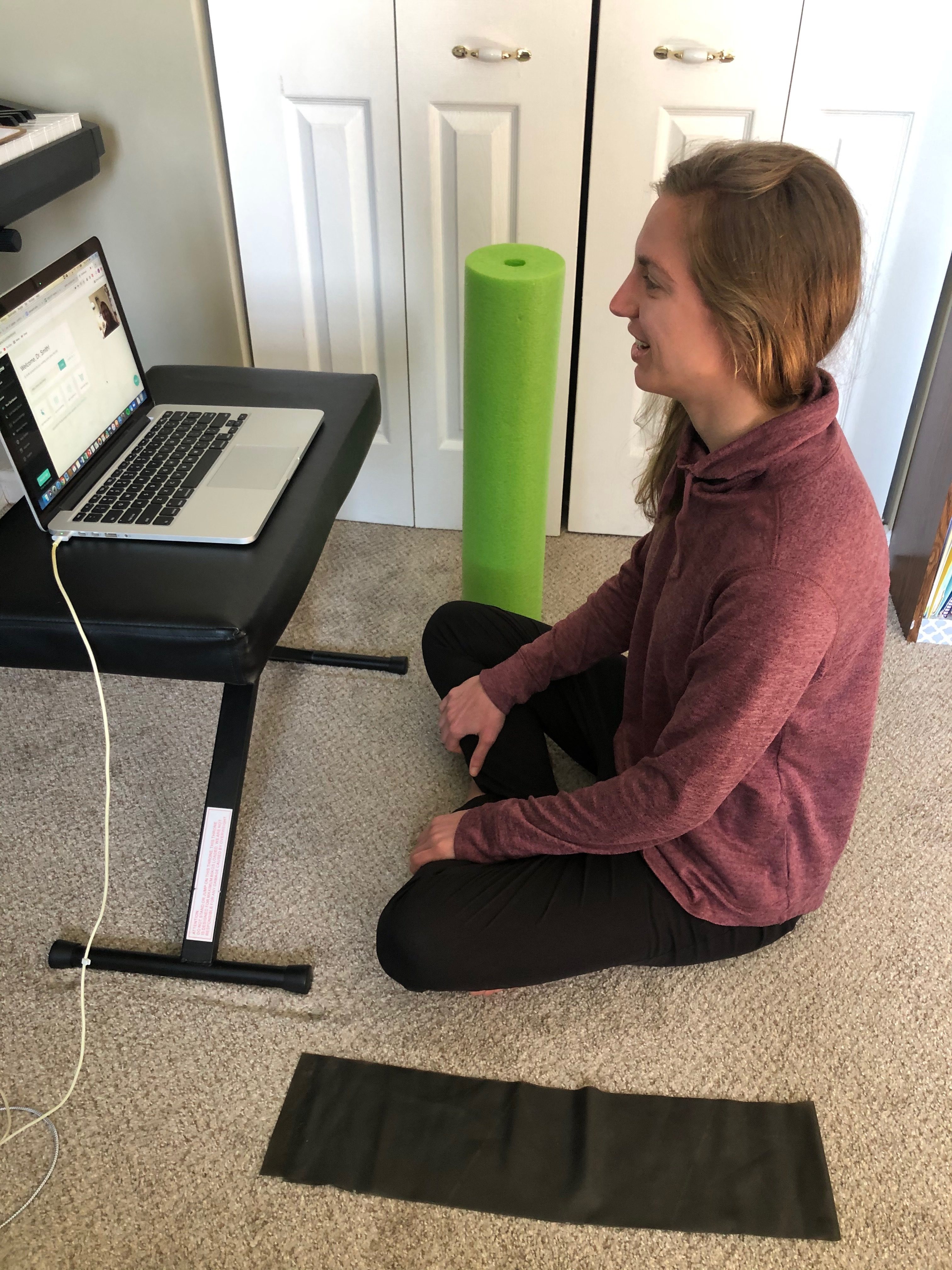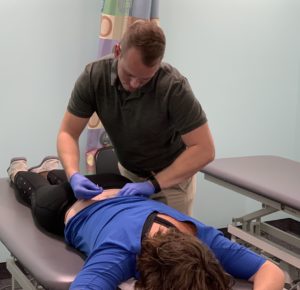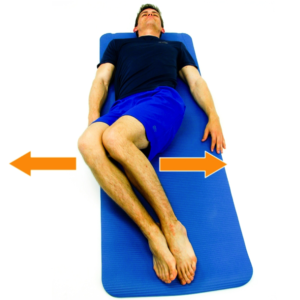As our country and the world battles the global pandemic of COVID-19, HPT has transitioned to video visits to continue to safely treat our patients.
Why do a video visit?
It’s an easy commute! Just like an in-person PT session, the physical therapist is there to offer their expertise to help you continue to progress forward with decreased pain, increased strength, and an increased quality of life. You will receive one-on-one attention throughout the session to help you reach your physical therapy goals.
What does a video PT visit look like?
During a video visit, one of our physical therapists will connect with you over video while you are in the comfort of your own home. The first few minutes will involve a chat with the therapist as you update them on how your injury or condition has evolved since you last saw them. The physical therapist may talk you through some self-massage and self-mobilization techniques that you can perform at home using things like tennis balls, towels, and belts so that you can continue to get the relief you need with the guidance of an expert. The rest of the session will involve a combination of safe strengthening, stability, and stretching exercises designed to help progress you forward. At the end of the session, the PT might ask for you to demonstrate the exercises from your home exercise program to make sure that your form is correct and to give you pointers on how to progress the exercises as necessary at home.
Does Insurance cover this?
Yes, most insurances are covering physical therapy video visits. Some insurances are making video visits free! If you would like to learn more about your insurance coverage, email
How do I schedule a video visit?
There are a few ways to schedule your first video visit. Please visit our website at http://www.machtmedicalgroup.com/harborphysicaltherapy/, call (443) 524-0442, or email to schedule your appointment today.





